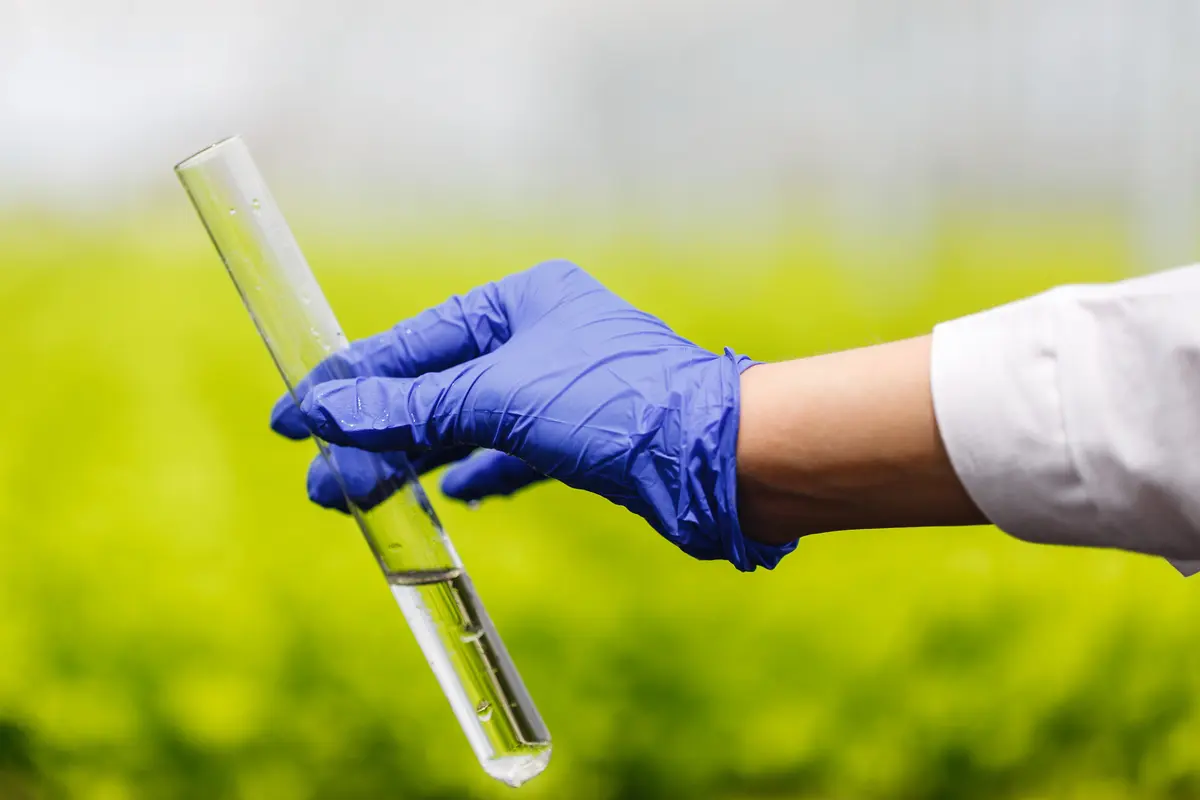Running a factory that produces food products, beverages, or pharmaceuticals is a major responsibility. Each product receives your individual attention. You put your heart and soul into making your business a success. Still, one secretive element risks destroying everything: water quality.
That’s where water analysis methods come into play.
Water quality is a crucial factor as it is a basic production component, a coolant, and a cleaning agent in various industries. This blog will guide you through the types of water analysis methods, their uses, and why they matter so much in modern industries.
What Is Water Analysis
Water analysis is a testing process that measures the physical, biological, and chemical properties of water. The analysis shows whether your water supply and factory water meet industrial regulations for cleanliness and safety.
The analysis provides the same diagnostic evaluation a doctor would perform on a patient. Operating facilities with polluted water is equivalent to using rotten food for cooking,76 since both situations will result in negative results.
Why Water Analysis Matters In Industries
The importance of water analysis methods cannot be overstated, especially in sectors like food processing, pharmaceuticals, electronics, and textiles.
Here’s why:
- Using substandard water can create inconsistent and perhaps dangerous products.
- Heavy minerals in water supply sources pose a threat to manufacturing equipment because they shorten its lifespan and cause operational damage.
- The production industry must comply with environmental regulations, which dictate the proper management of water before its discharge.
- The early identification of contaminants enables organizations to save costs on operational stoppages and equipment maintenance expenses.
According to the U.S. Environmental Protection Agency (EPA), industrial facilities are responsible for managing water quality to meet legal discharge limits under the Clean Water Act.
Types of Water Analysis Methods
Let’s dive into the water analysis methods commonly used in industries. The different techniques analyze different aspects of water quality evaluation.
Physical Analysis
In this method, the physical characteristics of water are examined.
- Temperature: Affects chemical reactions and biological activity.
- Turbidity: It measures water clarity through suspended solids.
- Color & Odor: Color and odor help identify organic substances or chemicals.
Chemical Analysis
A chemical analysis examines water molecules to determine their molecular makeup.
- pH: The water’s acidity relates to its pH value.
- Hardness: Measures calcium and magnesium content.
- Chlorine: Chlorine levels are measured to determine the effectiveness of the disinfection and treatment process.
- Heavy Metals: Checking for lead, mercury, arsenic, and others.
Any excessive concentration of detected chemicals and heavy metals is critically dangerous for human health and mechanical equipment.
Biological Analysis
The method identifies microorganisms through the following tests:
- Bacteria (e.g., E. coli)
- Viruses
- Algae
The food and pharmaceutical sectors require biological tests to ensure sterility because it is their main priority.
Microbiological Analysis
The process of fostering microbes in a laboratory from water samples is part of microbiological testing. It is often clubbed with biological testing. This technique enables scientists to determine the pathogens and their concentration levels.
Titrimetric And Spectrophotometric Methods
Technicians conduct these tests in labs to precisely quantify chlorine, nitrates, sulfates, and various other substances. The industry uses these techniques because they deliver accurate and exact analyses.
How Are Water Analysis Methods Carried Out
Industrial water testing is done by sample collection through various stages.
- Source Water: Collecting water samples prior to entering the industrial system.
- Process Water: Used within machinery.
- Wastewater: Before water is discharged.
Tests can be conducted on-site using portable kits or in authorized laboratories with advanced tools and equipment. Modern industry water quality monitoring systems deliver real-time information to help facility operators remedy emerging water problems.
Real-World Application
A brewery depends on water at every stage of its operation, from brewing to bottle washing and cooling processes. Even subtle variations in water pH or hardness are enough to spoil an entire batch of beer. Maintaining consistent water quality is important for brewery owners, as well as the right amounts of minerals.
Challenges In Water Analysis
Even though water analysis remains essential, it presents various technical difficulties during its execution. Some of them are as follows:
- Accurate equipment is necessary for exact analysis, which can be expensive.
- Employee sample collection and analysis require adequately trained and qualified staff.
- The irregularity of testing procedures creates inadequate information, resulting in unsatisfactory decision-making.
Professionally certified testers and automated systems help organizations overcome such hurdles when performing water analysis.
The Future Of Water Analysis
The increasing automation of industries is driving the development of water analysis through smart sensing technologies and Internet of Things-connected testing devices. Automation technology allows users to receive immediate system notifications with long-term data storage facilities that simplify regulatory compliance responsibilities.
The water testing market worldwide is projected to grow to $5.1 billion by 2032 at a compound annual growth rate of 6.4%.
Conclusion
Whether you run a power plant, food processing unit, or textile mill, water analysis methods are your first line of defense. Process analysis methods provide safety, efficiency, and compliance to your operations.
Understanding the types of water analysis methods and their importance gives industries the tools to make informed decisions. They are crucial to safeguarding your brand identity, factory equipment, and, above all, your personnel.
Water safety is an essential factor for Clatterbuck Inspections, which serves your business operations. Our team specializes in industrial water analysis methods using the latest tools and techniques to ensure accuracy, reliability, and compliance.
Schedule a water analysis immediately through Clatterbuck Home Inspections for future cost savings and to keep your business running efficiently.

